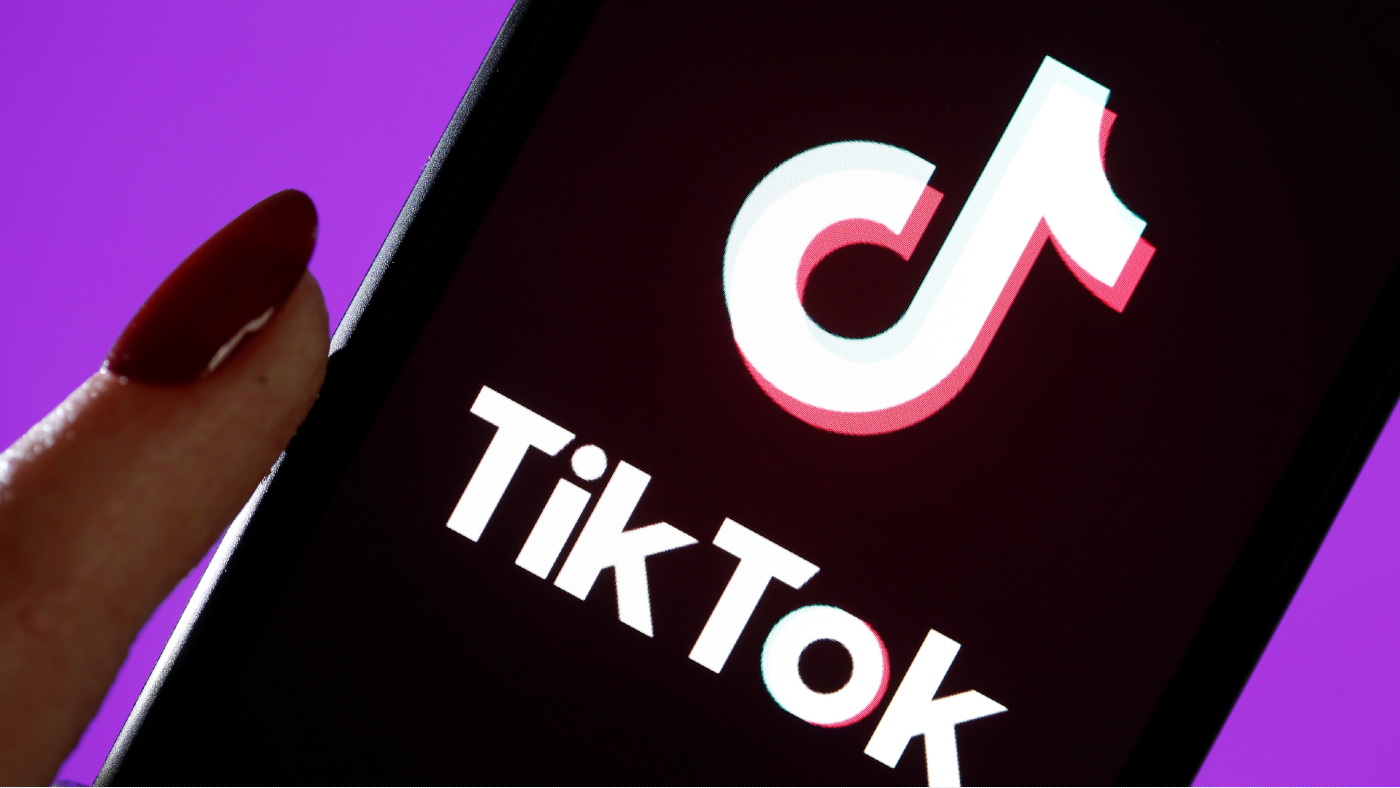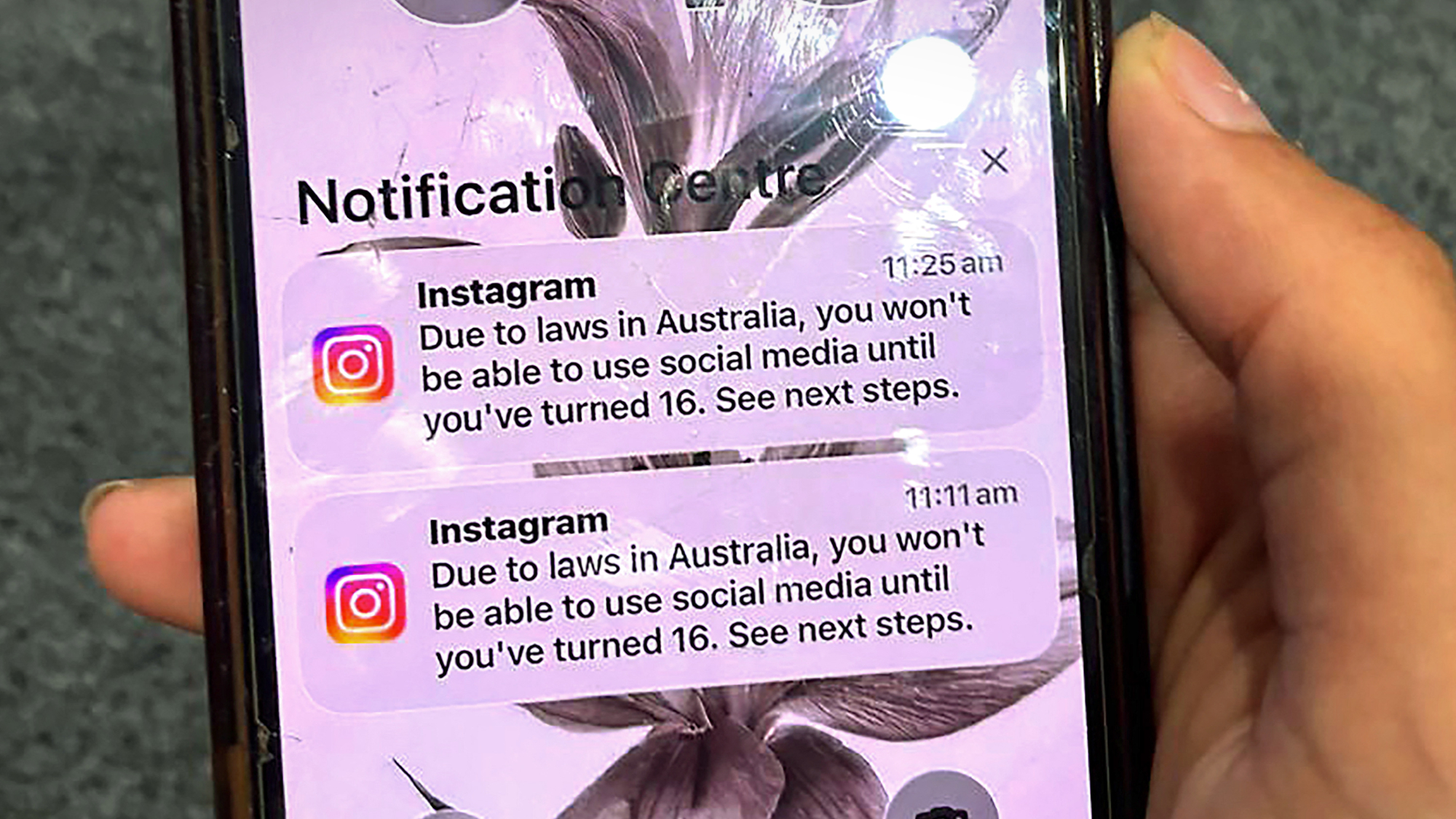How TikTok is shaking up the news
Social media platforms are the most popular news sources for British young people, a new study found

When the social media app TikTok was launched in 2018 by the Chinese company ByteDance, no one in journalism took it very seriously, said Andrew Kersley in Press Gazette.
It was promoted as “a joyful” place full of short, chatty, playful videos, presenting everything from recipes to songs to new fashion crazes. But now, particularly since the Ukraine war, it has become a major platform for news.
TikTok, Instagram and YouTube have become the most popular news sources for British young people aged 12 to 15, according to a new Ofcom study – overtaking BBC One and Two.
The Week
Escape your echo chamber. Get the facts behind the news, plus analysis from multiple perspectives.

Sign up for The Week's Free Newsletters
From our morning news briefing to a weekly Good News Newsletter, get the best of The Week delivered directly to your inbox.
From our morning news briefing to a weekly Good News Newsletter, get the best of The Week delivered directly to your inbox.
The reach of these social networks is vast, said David Sillito on BBC News. Instagram has 34.6 million users in the UK. TikTok, which has around 17 million, is now the country’s fastest-growing news source. Three in ten teenagers use it to get their news.
‘Fewer arguments than Twitter’
What explains TikTok’s popularity, asked Helen Lewis in The Sunday Times. It has “fewer arguments than Twitter, fewer irritating ads than Instagram, less needless interpersonal drama than Facebook”. Its news clips, often peppered with swear words, are fast-paced and concise; and the way serious headlines about climate change or Ukraine are interspersed with cat videos and other frivolous items only adds to the appeal.
Needless to say, this alters the way news is presented, although most traditional news organisations have now realised that they need a presence on the platform. “One of TikTok’s most popular journalists, The Washington Post’s Taylor Lorenz, records chatty videos lying in bed.”
‘Death of traditional journalism?’
A lot of the news on the site is provided by people who aren’t trained journalists, said Christopher StokelWalker in The Observer – ordinary Ukrainians documenting the atrocities of the Russian invasion, for example. TikTok’s growth has led to warnings of “the death of traditional journalism”.
A free daily email with the biggest news stories of the day – and the best features from TheWeek.com
But it doesn’t mean that, any more than the arrival of radio and TV meant the death of newspapers. It just means that news has evolved; the key to good journalism is the ability to react quickly and give the audience what they want. So let’s not indulge in “format snobbishness”. After all, “we no longer present the news in dinner jackets and bow ties”.
-
 The MAGA civil war takes center stage at the Turning Point USA conference
The MAGA civil war takes center stage at the Turning Point USA conferenceIN THE SPOTLIGHT ‘Americafest 2025′ was a who’s who of right-wing heavyweights eager to settle scores and lay claim to the future of MAGA
-
 The 8 best drama movies of 2025
The 8 best drama movies of 2025the week recommends Nuclear war, dictatorship and the summer of 2020 highlight the most important and memorable films of 2025
-
 Why, really, is Trump going after Venezuela?
Why, really, is Trump going after Venezuela?Talking Points It might be oil, rare minerals or Putin
-
 Metaverse: Zuckerberg quits his virtual obsession
Metaverse: Zuckerberg quits his virtual obsessionFeature The tech mogul’s vision for virtual worlds inhabited by millions of users was clearly a flop
-
 The robot revolution
The robot revolutionFeature Advances in tech and AI are producing android machine workers. What will that mean for humans?
-
 Australia’s teen social media ban takes effect
Australia’s teen social media ban takes effectSpeed Read Kids under age 16 are now barred from platforms including YouTube, TikTok, Instagram, Facebook, Snapchat and Reddit
-
 Texts from a scammer
Texts from a scammerFeature If you get a puzzling text message from a stranger, you may be the target of ‘pig butchering.’
-
 Blackouts: Why the internet keeps breaking
Blackouts: Why the internet keeps breakingfeature Cloudflare was the latest in a string of outages
-
 AI agents: When bots browse the web
AI agents: When bots browse the webfeature Letting robots do the shopping
-
 Why Trump pardoned crypto criminal Changpeng Zhao
Why Trump pardoned crypto criminal Changpeng ZhaoIn the Spotlight Binance founder’s tactical pardon shows recklessness is rewarded by the Trump White House
-
 Why Britain is struggling to stop the ransomware cyberattacks
Why Britain is struggling to stop the ransomware cyberattacksThe Explainer New business models have greatly lowered barriers to entry for criminal hackers